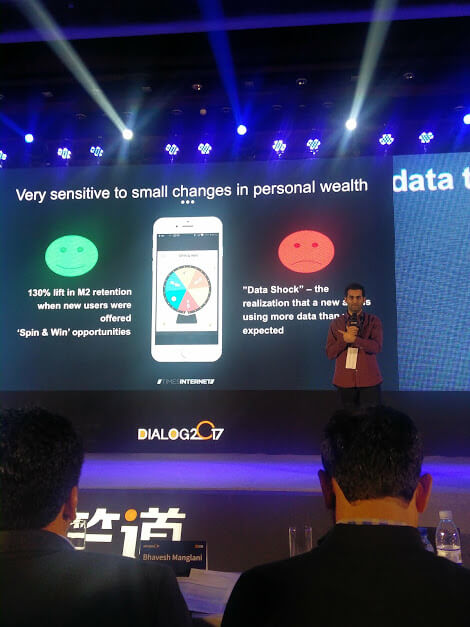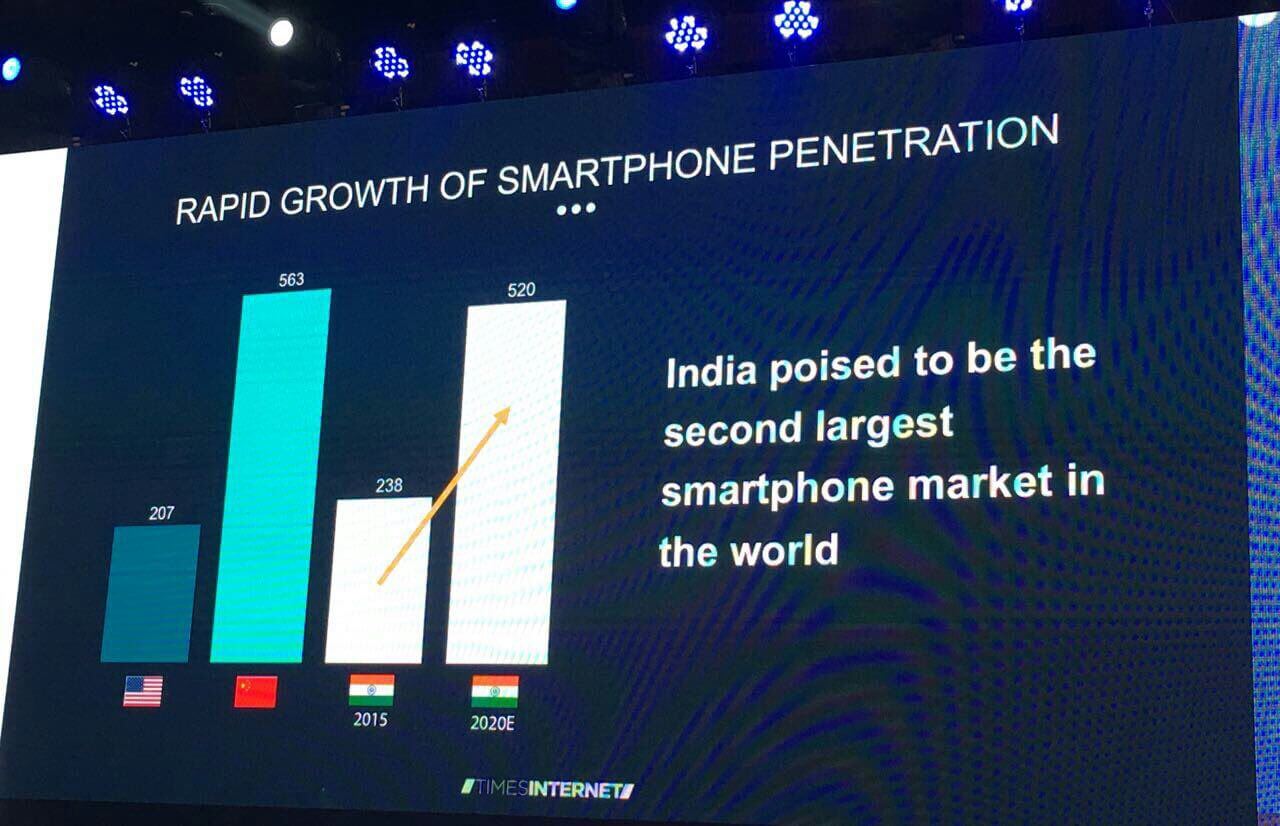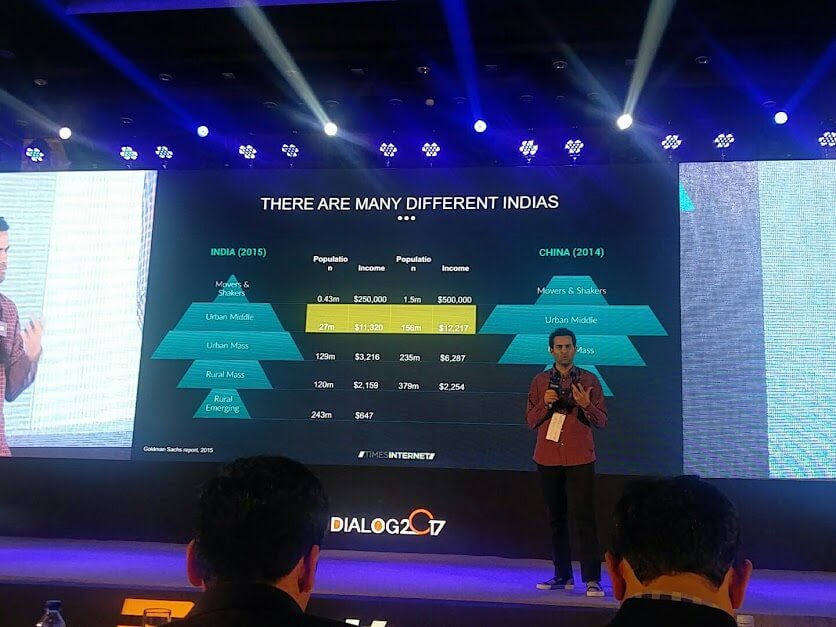Fresh from a two-week long trip to China, after having interacted closely with various stakeholders in the Chinese startup ecosystem – investors, startups, BAT (-B) and Govternment officials, here’s the first post to capture the rich learnings.
This post aims to explore the similarities and differences between the two countries on different levels from an entrepreneur/investor point of view.
How Similar Is India To China
Customer Behaviour
Our first takeaway from the trip is that Indian customers are similar to Chinese customers rather than US customers. This may stem from the fact that the personal expenditure per capita in India is $1,012 closer to China’s ($3,005) vs US ($37,206). The behavioural similarities are –
- a) Both Chinese & Indian customers are equally sensitive to small changes in their wealth. A few supporting instances for this deduction are – the rapid popularityof the ‘Red Packets’ gameon WeChat I witnessed firsthand (Fig 1) and the success of the ‘Spin & Win’ exercises by Times Internet (Fig 2)

Fig 1 (right) – Excellent engagement on the WeChat group owing to a gaming feature called ‘Red Packets’ which enables people to gift other people money in a randomised (or targeted) fashion causing minor spikes in your wallet balance

Fig 2 ( Times Internet Presentation at China – India Dialog 2017, Beijing) – Satyan Gajwani, MD of Times Internet, presented a case study where they found 130% increase in M2 retention when new users were offered ‘Spin & Win’ opportunities
- b) Very much like in India, a majority of the Chinese consumers are not particularly loyal to a brand when there is no major differentiation in offering. From our discussions, we gather that they scout for the best prices across Taobao, JD.com, etc before ordering.
- c) Also, unlike what’s widely being sensationalised, most day-to-day transactions are not via WeChat and cash is still highly preferred. I would argue that even though the penetration of electronic payment platforms like WePay is higher compared to India (owing to the large feet-on-street salesforce for these platforms), the acceptance or usage by common customers is not drastically higher than India.
- d) Millenials are the Chief Procurement Officers (a term coined by Kunal Shah of Freecharge) of the Chinese households much like in India. We had an opportunity to engage with students of Peking University and gathered that the student behaviour is similar to Indians with regards to incentives, adoption of new concepts and products.
- e) Another similarity is that the majority of the customer base cares more about the functionality elements of the product versus the design.
Market Potential
Owing to the similarity in population and rate of digital penetration, the market potential for both these countries is immense and in case of India, greatly untapped. The B2C market for ecommerce, consumer goods is huge in both the economies, but B2B market potential for SaaS is higher in India compared to China, based on our conversations.

Fig 3 – India Market Potential vs. China & US (ChIndia Dialog 2017)
Entrepreneurship Spirit
We could see the same spirit and zeal in the founders of both nationalities. There is a strong desire to build great businesses and differentiated products. There is also a common focus to build solutions for the local market’s specific problems instead of merely following the footsteps of western innovation.
How Different Are We
India and China are not only one of the largest and fastest growing economies of the world, but also one of the most ancient civilisations with strong culture and heritage. However, there are some striking cultural, structural and political differences between the two countries as elaborated below.
Cultural Differences
- The Chinese society and the Chinese startup ecosystem place a strong emphasis on communal well-being versus individual well-being, owing to the communist ideology, which is different here in India. A fine example of this push towards communal well-being is the GET program (Fig 4) by Alibaba, through which 455 universities and 1,000 training centres train youth in ecommerce and supply chain processes.

Fig 4 – GET plan by Alibaba Grp. to train youth in E-commerce and supply chain
- Another difference that we found is the Chinese startups’ attitude towards competition – they refrain from talking about their competition and take an indifferent approach to their developments.
- Unlike in India, most of the upcoming startups struggle to make it big as they are in the shadows of the BAT (who have captured different verticals & penetrated deep into the market) and, hence, startups like Apus, Shareit are looking at India, Indonesia etc. as their target markets.
- The teams in Chinese startups have comparatively higher operational efficiency owing to a strong culture of discipline. The Chinese have a better work-life balance compared to their Indian counterparts.
- Another major difference in the work and startup culture between India and China is the percentage of women in workforce and key product roles. In China, women are more than 45% of the work force while in India its 27%, according to World Bank Data. Kunal Shah, in his address to the China India conference, mentioned that a majority of Chinese startups prefer women as product managers. We were also pretty happily surprised to find a good gender diversity ratio in Chinese startups during our visits.
Structural Differences
- Customer segmentation of India and China is different. India’s Urban Mass is the driving factor for growth as it outweighs India’s Urban Middle while China’s Urban Middle far outweighs its Urban Mass, according to a Goldman Sachs report (Fig 6).

Fig 6 – Difference shown in customer segmentation between India & China
- Information is much more widely available for all in India compared China, owing to the controlled media. This structural difference promotes better foreign investor confidence into Indian startups versus Chinese startups.
- Infrastructure – both physical (roads, logistics channels etc.) and digital infrastructure (UnionPay, Internet connectivity etc.) is far more developed in China than in India. This, in turn, results in differences in business growth rates and scale of operations.
- Ease of doing business is comparatively easier in China, apparently, as the time taken to set up is less with most of the documentation being online. However, the legal and compliance procedures are trickier in China.
Political Differences
- Rapid infrastructure development and policy reform is possible in China, unlike India, owing to the centralised, one-party political system in place.
- The political system in China strives towards a homogenous and orderly citizen behaviour – so much so that all government officials don’t follow any religion.
- Lastly, the media in China is regulated unlike in India – a double-edged sword as it is inhibitive for free public opinion but constructive towards unification with lesser distraction from development goals.
[This post by Dhanasree Molugu first appeared on Blume Ventures’ official website and has been reproduced with permission.]



























